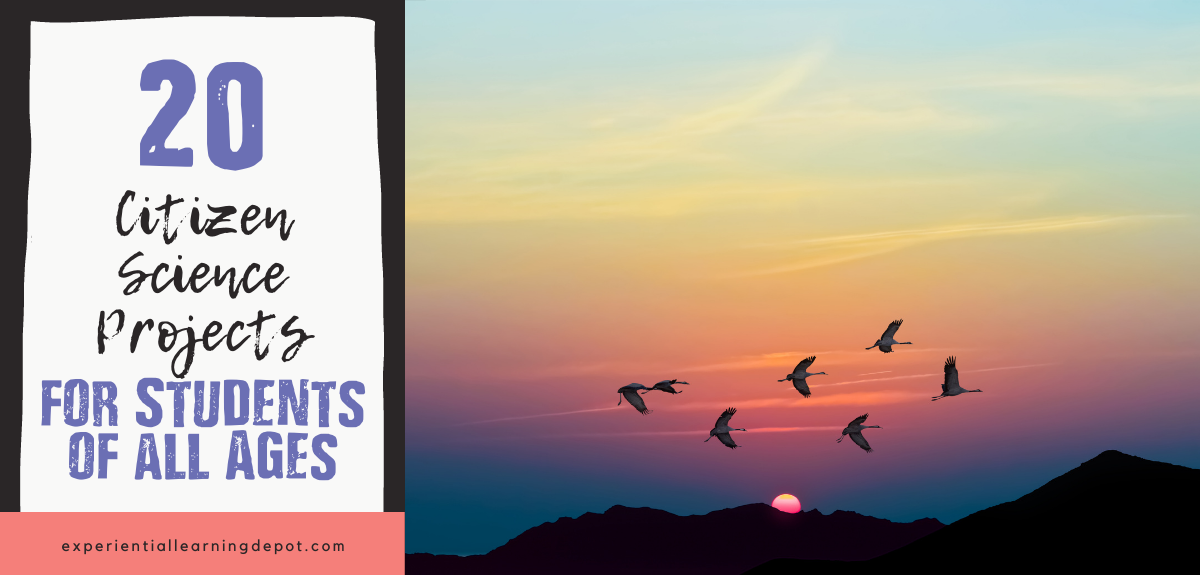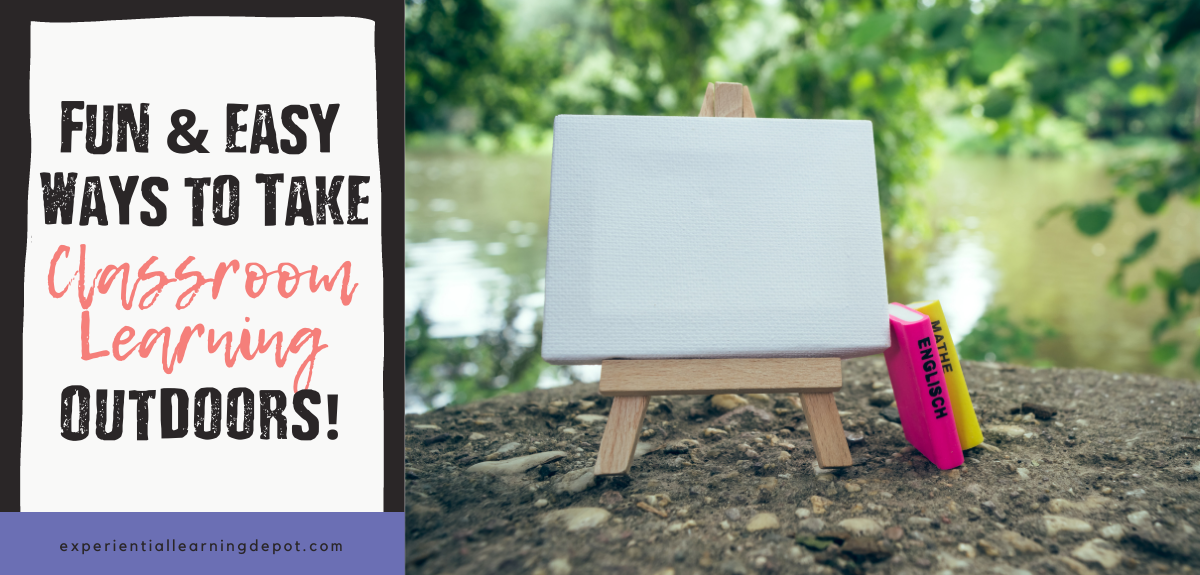|
Spring is the perfect time of year for citizen science! It's warming up outside, students are getting antsy and exhausted, testing is underway, and breaks are badly needed.
On top of that, things start to get active in the world of wildlife, especially in temperate regions like Minnesota. Animals emerge from hibernation, migrating species begin their long journeys to their summer sanctuaries, and it's breeding season for many organisms.
6 Comments
This is a great time of year to take learning outdoors! Learning outdoors can and should happen all year long, but in my neck of the woods, the sun is finally shining. It is springtime, and at last comfortable enough to be outside without 3 under layers and a snowsuit.
So let's take learning outdoors! This post offers strategies, tips, and activities for outdoor learning. Get kids that would otherwise be cooped up indoors learning out in the sunshine instead! |
Blog IntentTo provide innovative educational resources for educators, parents, and students, that go beyond lecture and worksheets. AuthorSara Segar, experiential life-science educator and advisor, curriculum writer, and mother of two. Categories
All
|




 RSS Feed
RSS Feed